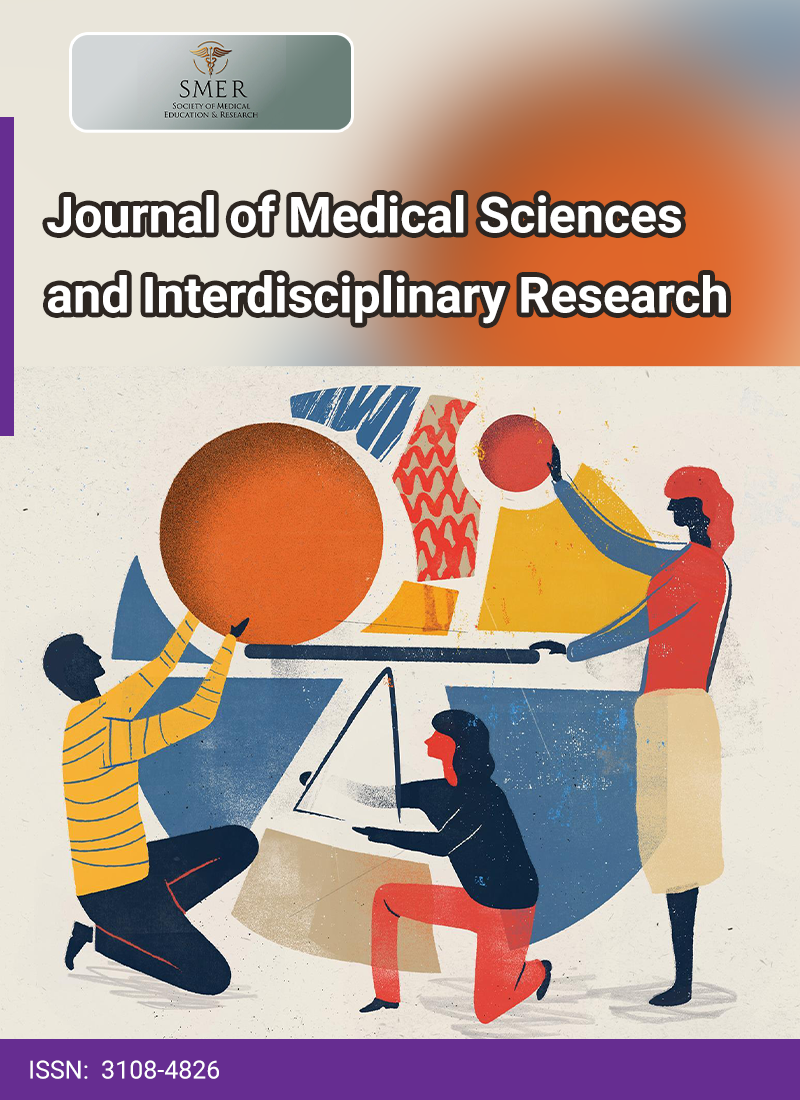
The comparative study of complementary species has become a promising strategy for advancing our understanding of disease models. Zebrafish and medaka stand as two of the leading fish models in biomedical research, with their increased prominence over the past three decades. Although zebrafish is more widely studied than medaka, both species offer complementary advantages. Despite their similarities, there are subtle anatomical and transcriptomic differences between the two. The completion of genome sequencing for both medaka and zebrafish has shown that their genetic compositions closely resemble that of higher animals. For example, medaka shares approximately 20,000 genes with humans, exhibiting an 80% orthologous correlation, while zebrafish contains 26,000 genes, 71.4% of which are human orthologs. Both zebrafish and medaka are valuable for investigating human disorders due to their cost-effectiveness, small size, short lifespan, and high fecundity. Their transparent embryos also provide enhanced visualization during embryogenesis. This review aims to explore the anatomical and transcriptomic differences between these two species and highlight the successful application of zebrafish and medaka in complementary research areas, such as genetic manipulation, due to their evolutionary divergence.